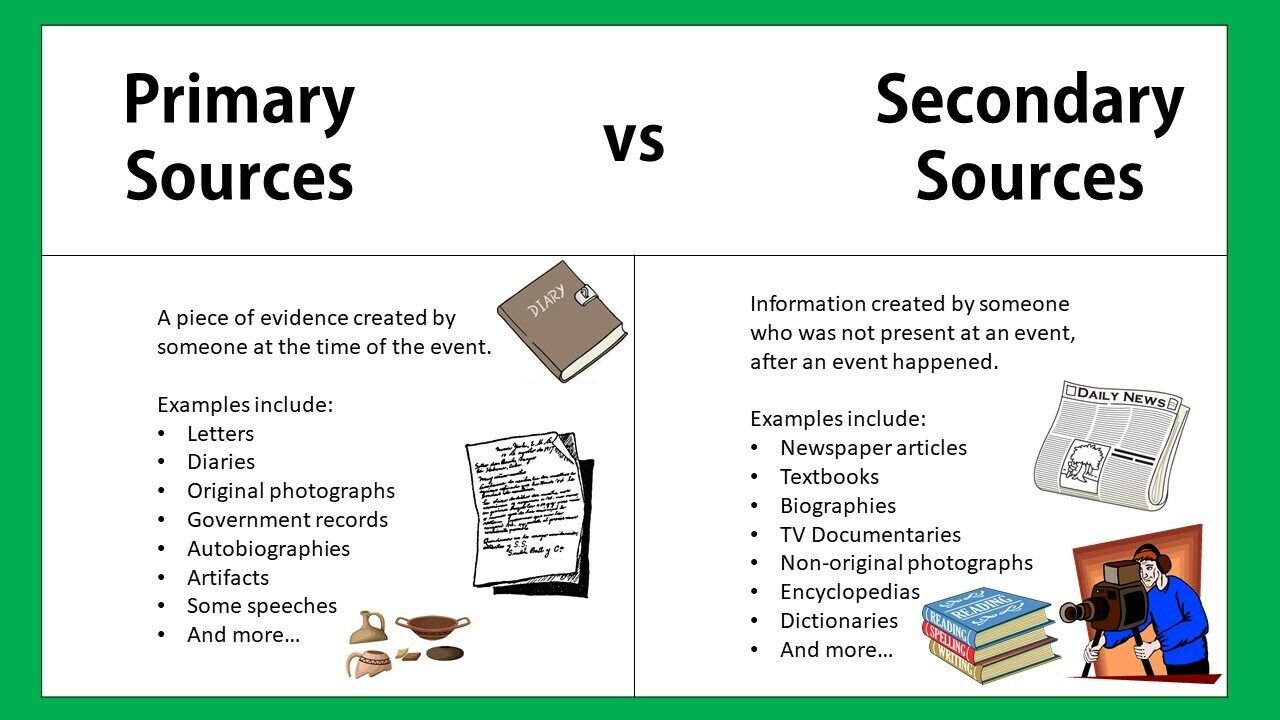Tools info make term primary definition guide
Introduction Tools info make term primary definition guide: Unclear or inconsistent terminology in tool documentation (e.g., user manuals, help files, or software guides) can lead to confusion, errors, and reduced productivity for users. This guide provides a structured approach to identifying, resolving, and preventing issues caused by ambiguous or poorly defined terms in tools or … Read more

![Introduction Online collaboration tools are critical for enabling effective teamwork, especially in remote and hybrid work environments. However, navigating the vast array of tools, understanding their features, and reconciling conflicting reviews can overwhelm teams and lead to poor decisions. This guide provides a solution-based approach to resolve these challenges, ensuring teams select and implement tools that enhance productivity and collaboration. Problem Breakdown The challenge of finding reliable information and reviews for online collaboration tools can be divided into smaller components: Information Overload: The sheer volume of tools (e.g., Slack, Asana, Microsoft Teams) and their associated reviews creates confusion. Conflicting Reviews: Reviews often vary based on user experience, team size, or industry, making it hard to assess a tool’s suitability. Misaligned Tool Selection: Teams may choose tools that don’t match their workflow, budget, or technical requirements. Lack of Evaluation Framework: Without a structured process, teams struggle to compare tools objectively. Implementation Challenges: Even after selecting a tool, poor adoption or integration can hinder success. Common Causes Unclear Team Needs: Teams may not fully define their collaboration requirements (e.g., communication, file sharing, or task management). Reliance on Biased Sources: Reviews from unverified or sponsored sources can mislead decision-makers. Insufficient Testing: Skipping trial periods or failing to test tools with real workflows leads to poor choices. Lack of Stakeholder Involvement: Excluding key team members from the selection process results in tools that don’t meet everyone’s needs. Inadequate Training: Teams may not invest in training, leading to low adoption and ineffective use. Consequences of Not Addressing the Issue Failing to resolve these challenges can have significant repercussions: Reduced Productivity: Incompatible tools slow down workflows and frustrate team members. Wasted Resources: Investing in unsuitable tools drains budgets and time. Poor Team Morale: Tools that don’t work well can lead to disengagement and conflict. Missed Opportunities: Ineffective collaboration hampers innovation and decision-making. Security Risks: Poorly vetted tools may expose sensitive data to breaches. Step-by-Step Solution Follow these actionable steps to resolve challenges with online collaboration tools and select the best solution for your team. Step 1: Define Team Needs and Goals Action: Conduct a team workshop to identify collaboration pain points and priorities. Details: Discuss communication needs (e.g., real-time chat vs. asynchronous updates), project management requirements (e.g., task tracking, deadlines), and file-sharing preferences. Categorize needs by department or role. Tools/Resources: Use a whiteboard tool like Miro or a survey tool like Google Forms to collect input. Example: A marketing team identifies that they need a tool for real-time file sharing, task assignment, and integration with their CRM. Step 2: Create an Evaluation Framework Action: Develop a scoring matrix to compare tools objectively. Details: Include criteria such as ease of use, cost, integrations, scalability, security, and support. Assign weights to each criterion based on priority (e.g., security: 30%, cost: 20%). Tools/Resources: Use a spreadsheet tool like Google Sheets or Excel to build the matrix. Example: A tech startup creates a matrix prioritizing integrations (40%) and cost (30%), as they rely on multiple apps and have a limited budget. Step 3: Research and Shortlist Tools Action: Gather information from credible sources and shortlist 3–5 tools. Details: Use trusted review platforms like G2, Capterra, or Gartner. Cross-reference with user feedback on X or industry blogs. Focus on tools that align with your evaluation criteria. Tools/Resources: Web search for “[tool name] reviews 2025” or check posts on X for user experiences. Example: A remote design team shortlists Slack, Microsoft Teams, and Discord based on positive reviews for communication and integrations. Step 4: Test Shortlisted Tools Action: Run pilot tests with each tool using real-world scenarios. Details: Set up free trials or limited licenses for 1–2 weeks. Assign specific tasks (e.g., a mock project) to test features like task management, notifications, and integrations. Collect feedback from all users. Tools/Resources: Tools like Trello or Notion can track pilot test progress and feedback. Example: A software development team tests GitHub for code collaboration and Jira for project management, finding GitHub’s code review features more intuitive. Step 5: Analyze Feedback and Select a Tool Action: Compile pilot test feedback and score tools using the evaluation matrix. Details: Discuss results with stakeholders to ensure consensus. Consider long-term scalability and support options. Tools/Resources: Use a decision-making tool like Loomio for collaborative discussions. Example: After testing, a retail company selects Asana over Trello due to better workflow visualization and reporting features. Step 6: Implement and Train Action: Roll out the selected tool with a clear implementation plan and training program. Details: Assign a tool champion to oversee adoption. Provide training sessions, user guides, and FAQs. Integrate the tool with existing systems (e.g., Google Workspace, CRM). Tools/Resources: Use training platforms like Loom for video tutorials or Guru for knowledge bases. Example: A consulting firm implements Microsoft Teams, offering weekly training webinars and a Slack channel for support queries. Step 7: Monitor and Optimize Action: Regularly assess tool performance and gather user feedback. Details: Schedule monthly check-ins to review adoption rates, feature usage, and issues. Use analytics (e.g., usage reports in Slack or Asana) to identify underutilized features. Tools/Resources: Tools like Qualtrics or SurveyMonkey can collect ongoing feedback. Example: A nonprofit discovers low adoption of Dropbox’s file-sharing features and conducts additional training to boost usage. Real-World Case Study Company: Acme Marketing, a 50-person hybrid agency. Problem: Acme struggled with scattered communication across email, WhatsApp, and Trello, leading to missed deadlines and client dissatisfaction. Solution: Step 1: Conducted a workshop to prioritize real-time communication and project tracking. Step 2: Created an evaluation matrix focusing on integrations (35%), ease of use (30%), and cost (20%). Step 3: Shortlisted Slack, Asana, and Monday.com based on G2 reviews and X user feedback. Step 4: Ran a two-week pilot, testing a mock campaign with each tool. Step 5: Selected Asana for its intuitive interface and robust integrations. Step 6: Rolled out Asana with training videos and a dedicated support channel. Step 7: Monitored usage monthly, optimizing workflows based on feedback. Outcome: Acme reduced project delays by 40% and improved client satisfaction scores by 25% within three months. Preventive Tips Regular Needs Assessment: Revisit team needs annually to ensure tools remain relevant. Stay Informed: Subscribe to industry newsletters (e.g., TechCrunch, Filestage blog) for updates on new tools and features. Foster a Feedback Culture: Encourage team members to share tool-related challenges openly. Vet Security: Always check a tool’s compliance (e.g., GDPR, SOC 2) before adoption. Plan for Scalability: Choose tools that can grow with your team’s size and complexity. Conclusion and Next Steps Selecting the right online collaboration tool is critical for boosting productivity and team satisfaction. By following this guide, you can navigate information overload, reconcile conflicting reviews, and implement a tool that meets your needs. Start today by scheduling a team workshop to define your requirements and build your evaluation framework. Call to Action: Don’t let poor tool choices hinder your team’s success. Take the first step now—gather your team, identify your collaboration needs, and begin researching tools. Visit G2 or Capterra to explore reviews and start your free trials today!](https://heybilal.site/wp-content/uploads/2025/06/online-collaboration-tools.png)





